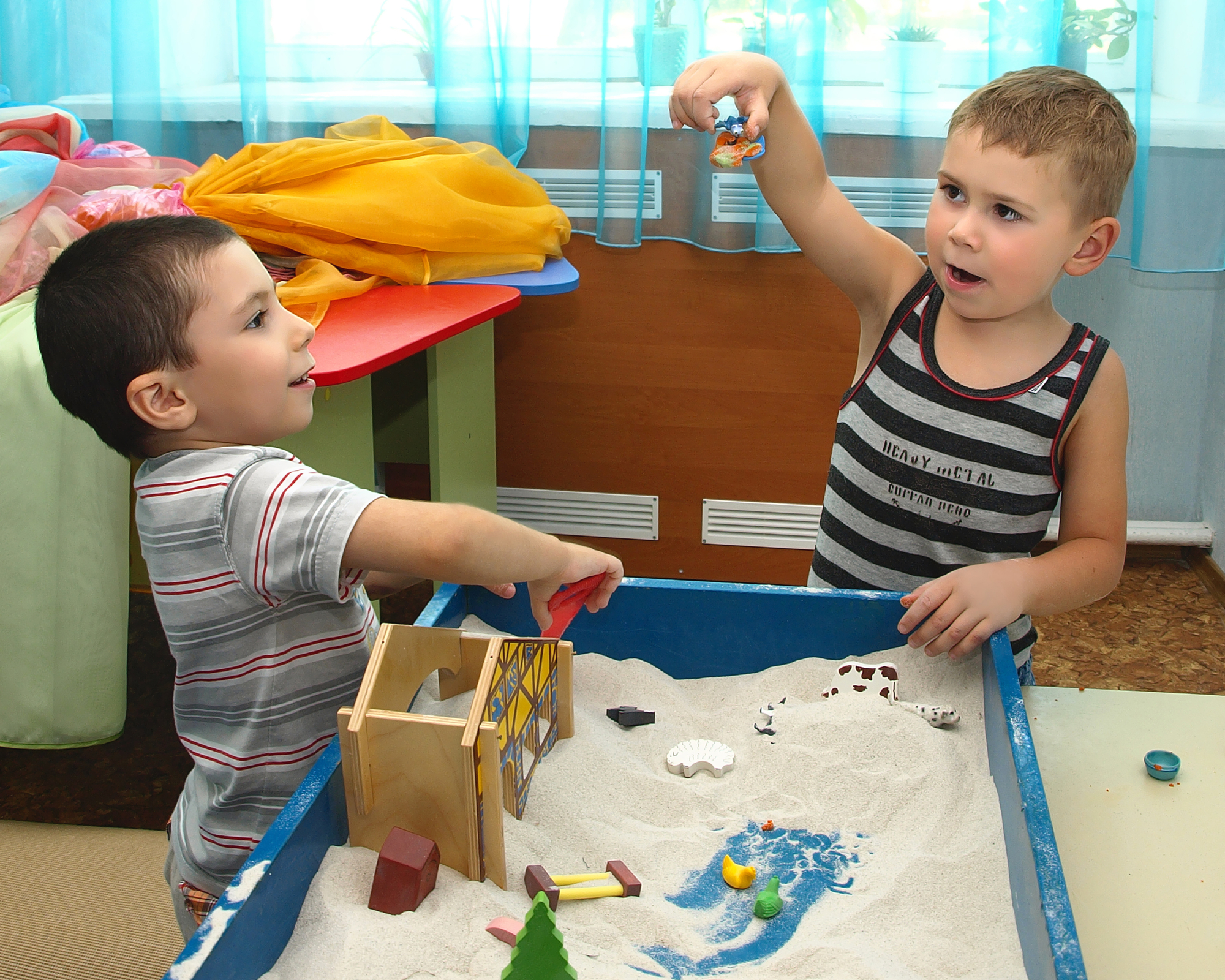For our therapeutic foster care clients, a sensory diet is a group of activities that are specifically scheduled into each day, to assist with improved attention, motivation and mood regulation. The activities are chosen for each child’s needs, based on sensory integration theory. Sensory integration is, simply, our ability to feel, understand, and sort sensory information that comes to our bodies from our environments.
The use of specific sensory activities at regular intervals throughout the day becomes a part of the child’s routine. They are not specific interventions to be used when the child is dysregulated, but, rather, are done consistently, whether the child appears to “need” it, or not. By performing sensory activities, neurochemicals are released, which can last up to several hours. The daily diet of regular activities can thus extend the amount of time daily the child reports feeling more regulated. Improved behavior, attitude, academic performance, and overall focus are among the expected results.
In order to develop a sensory diet, it is important to get an accurate, baseline assessment. Most often, these are conducted by an Occupational Therapist (OT). However, sensory information can be gleaned from many separate sources of information which may be a part of a child’s referral packet, when a request for therapeutic foster placement is received. There are many resources on-line for parents, teachers, and others to utilize, to get some ideas on how to determine if your child may have sensory processing issues, as well as specific activities based upon the child’s age and developmental abilities.
To be most effective, therapeutic foster parents need to take into account how their child takes in sensory inputs, through touch (tactile), smell (olfactory), taste (gustatory), hearing (auditory), and seeing (visual). In addition, each person has sensory systems, including the tactile, vestibular and proprioceptive systems. These systems coordinate the sensory inputs the body receives from its environments. An occupational therapist can help you determine your child’s strengths and needs in these areas.
Your Child and Family Team, as well as the staff at Human Services Training, can assist in the development of a sensory assessment, and the subsequent sensory diet of activities. Documenting the activities, and their affect on the child will provide valuable information to the team.
If you would like assistance in developing a sensory assessment and sensory diet of activities for your therapeutic foster child, please contact your Human Services Consultants Family Support Specialist.

